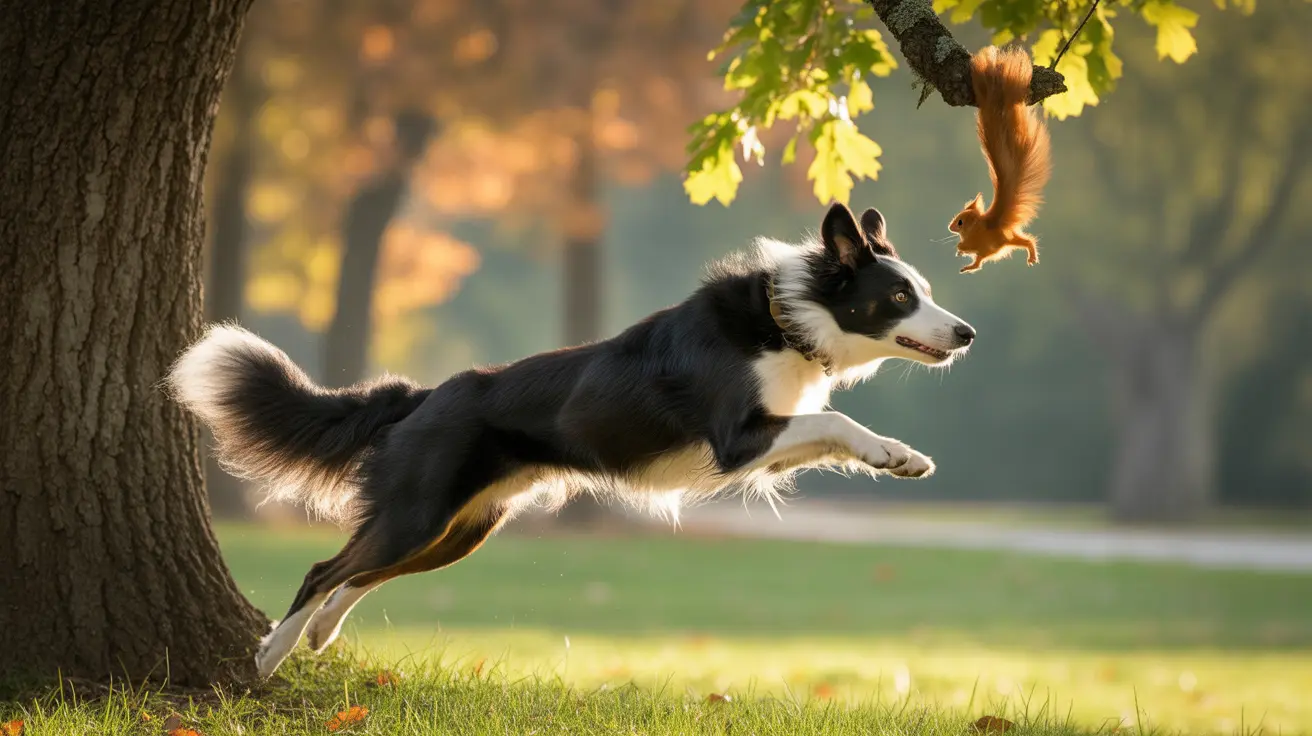How to Teach a Dog Not to Bark When Left Alone
Excessive barking when left alone is a common issue faced by many dog owners. This behavior is often rooted in separation anxiety, boredom, fear, or a dog’s inherent breed characteristics. Understanding the causes and implementing a multi-step solution can greatly reduce or eliminate the problem.
Understanding the Causes
Dogs communicate through barking, but when it becomes incessant during your absence, it signals underlying issues:
- Separation Anxiety: Dogs become emotionally distressed when their owner leaves, leading to barking, howling, whining, or destructive behaviors.
- Boredom: A lack of mental and physical stimulation leads to barking as a form of entertainment or expression.
- Fear: Sudden noises or unfamiliar sounds can trigger alarm barking.
- Breed Tendencies: Some breeds are naturally more vocal due to their working backgrounds or instincts.
Effective Strategies to Prevent Barking
Addressing barking involves a combination of behavioral training, environmental influence, and, in some cases, professional intervention.
1. Create a Safe, Comfortable Space
- Crate Training: Introducing a crate as a den-like safe haven can help some dogs feel secure. Gradually introduce the crate using positive reinforcement.
- Alternative confinement: If your dog dislikes crates, use a dog-proofed room with comforts like a soft bed and access to toys.
2. Provide Mental and Physical Stimulation
- Exercise: Walk or play with your dog before leaving to reduce energy and anxiety.
- Treat-Dispensing Toys: Toys filled with treats or dog-safe spreads can keep them occupied.
- Interactive Puzzles: Mental challenges provide focus and reduce idle barking.
3. Simulate Presence with Familiar Sounds
- Leave a Radio or TV On: Background noise can create a sense of normalcy and comfort.
- Use White Noise Machines: These can buffer alarming outside sounds.
4. Use Comfort Items for Reassurance
- Blankets with Your Scent: Familiar smells can have a calming effect.
- Favorite Toys: Keep secure, non-destructible toys available during your absence.
5. Try Calming Aids
- Natural Treats and Chews: Products containing Valerian root, chamomile, or L-Theanine may help reduce anxiety.
- Always consult a vet before introducing any supplement or new food product.
6. Desensitize Through Training
- Start Short: Begin by leaving your dog alone for just a few minutes and gradually increase time away.
- Positive Reinforcement: Reward calm behavior with treats or toys.
- Counter-Condition Departure Cues: Pair putting on shoes or picking up keys with treats, not departure.
7. Maintain a Consistent Routine
- Set Daily Patterns: Consistency in feeding, walking, and departure times can make your dog feel more secure.
8. Consider Anti-Bark Tools (As a Last Resort)
- Citronella Collars: These emit a non-harmful spray when barking occurs, which may deter some dogs.
- Avoid Shock Collars: These can increase anxiety and worsen the problem.
9. Seek Professional Help If Needed
- Dog Trainers or Behaviorists: They can tailor a behavioral plan for your dog’s specific needs.
- Veterinarians: In severe cases, medication or pheromone products might be recommended.
Conclusion
Dealing with a dog that barks excessively when left alone takes patience, consistency, and an understanding of their emotional needs. Through a combination of structured training, comforting routines, and mental stimulation, you can help your furry friend feel secure and calm even when you're away. Always remember to avoid punishment, as it may exacerbate anxiety, and focus instead on building positive associations with being alone.





